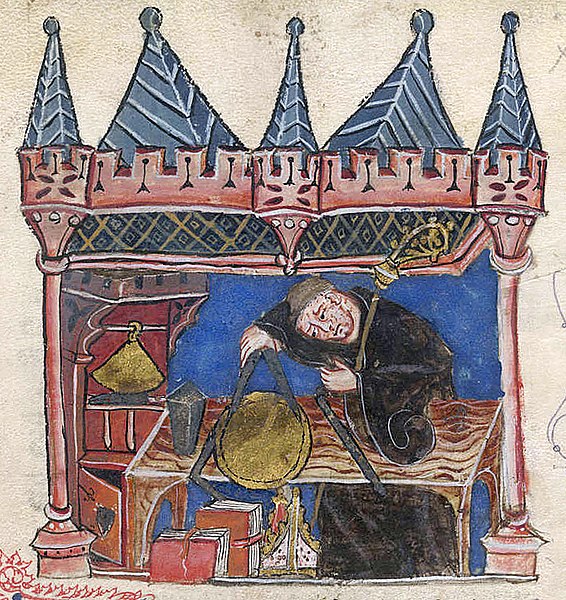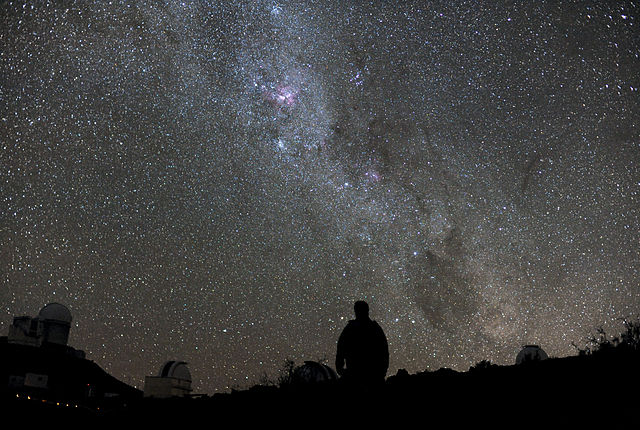Infinite photos and videos for every Wiki article ·
Find something interesting to watch in seconds
Orders and Medals
World Banknotes
Celebrities
Ancient Marvels
Wars and Battles
Tallest Buildings
Supercars
Wonders of Nature
Great Cities
Rare Coins
Kings of France
Countries of the World
Richest US Counties
Presidents
Largest Palaces
Famous Castles
Great Artists
British Monarchs
Sports
Crown Jewels
Best Campuses
Animals
Great Museums
History by Country
Recovered Treasures
Largest Empires
more top lists








